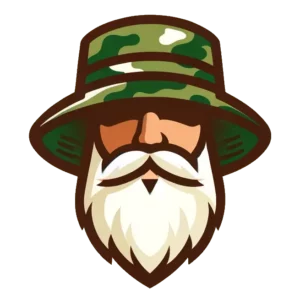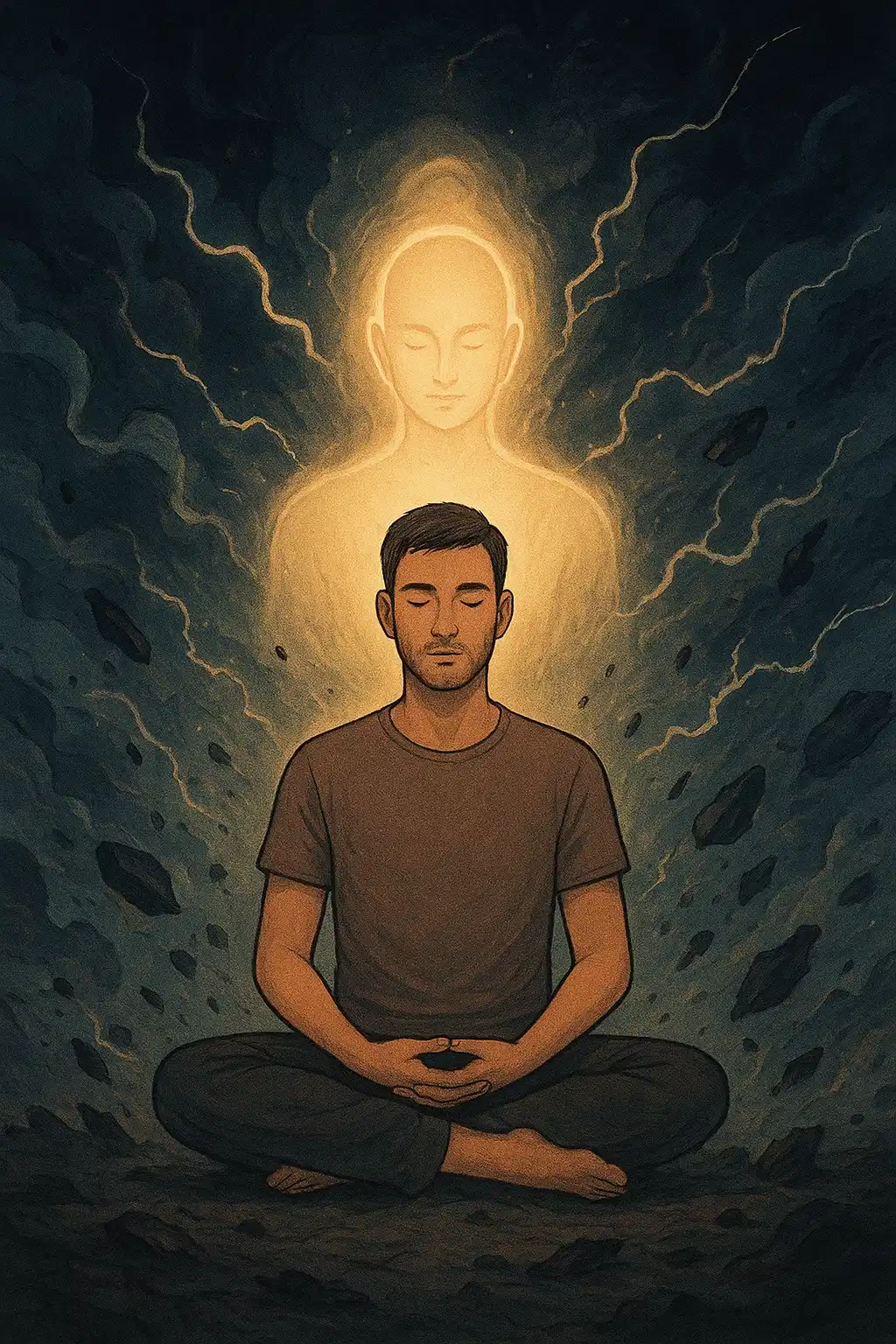Is it paranoia or pragmatism? That’s what I asked myself one cold February night as the news flashed headlines about border conflicts, food shortages, and economic instability. It wasn’t one event that did it, but a slow accumulation—a creeping sense that the world I took for granted was, in fact, fragile. The next morning, I looked out over my snow-dusted backyard, wondering: what would it actually take to live off the grid, just me, for a whole year? That’s where my journey began—not just to self-sufficiency, but to rediscovering what I was truly capable of.
The Spark: How Global Unrest Led Me to Self-Sufficiency
Watching the world unravel from the safety of my living room was at first a passive experience, almost like a dramatic series on TV. But as empty shelves became normal and prices soared, the drama felt uncomfortably personal. I started to question: What if I couldn’t rely on grocery deliveries and the power grid? Would I be ready?
My curiosity soon morphed into action as I read stories of people who, either by choice or necessity, had lived off the land. It sounded romantic, but I knew reality could be much harsher. Still, the idea of being completely self-reliant in uncertain times became less about fear and more about empowerment.
Family and friends were skeptical, even amused, when I mentioned my plans. “Preparing for the apocalypse?” they’d joke. But, I reminded myself, self-sufficiency isn’t just for doomsday preppers—it’s a buffer against uncertainty, and maybe it’s the ultimate expression of trust in oneself.
The decision was made: I would spend a year alone, cultivating my own food and providing for myself, not only to see if I could survive but to learn how to thrive no matter what the world outside threw at me.
Planning Survival: What Should I Grow, and How Much?
The first daunting question: what should I actually grow to stay alive, healthy, and maybe even happy for a full year? I researched caloric needs and nutritional balance, poring over gardening forums and survivalist blogs. How many potatoes per person? What about protein? Could I really grow enough beans, squash, and greens to meet all my needs?
Eventually, I settled on the basics: calorie-dense crops like potatoes and sweet potatoes, nutrient-rich greens (kale, spinach), and protein sources—beans, peas, and a few hardy nuts. I drew up spreadsheets, estimating yields per square meter and figuring out crop rotation so the soil wouldn’t be depleted by month six.
I quickly realized that variety wasn’t just a luxury; it was a necessity. Without vitamin C, you risk scurvy. Without enough calories, you lose energy and focus. I asked myself: Is it better to grow a wide array of crops in small quantities, or focus on a handful of staples? The answer, I learned, lies somewhere in between.
My plan became a living document—flexible, responsive, and full of contingency notes. I’d need to grow at least 2,000 calories per day, per person, for 365 days, with enough variety to cover vitamins, minerals, and morale.
Land, Space, and Shelter: Mapping Out My Year Alone
Next came the logistics: how much land was enough? Could I manage it by myself? Online estimates ranged from 4,000 to 10,000 square feet for a self-sufficient garden feeding one adult. I paced my backyard, flagging out space for raised beds, a compost heap, rainwater barrels, and a small greenhouse.
Living in the northern hemisphere—where the growing season is short—meant maximizing every square inch. I read about succession planting and cold frames, and even considered a small root cellar for long-term storage. Shelter, too, was essential; my modest cabin would have to be winterized, with a wood stove for heat and a tiny solar array for minimal electricity.
Space was always a concern. Could I really grow enough on this plot, factoring in crop failures or pests? I decided to hedge my bets by learning preservation techniques—canning, dehydrating, fermenting—ensuring that nothing went to waste, and that I’d have access to vegetables even in the depths of January.
In mapping out my year, I realized that self-sufficiency is as much about planning for what could go wrong as it is about cultivating what’s right.
Essential Tools and Supplies for One-Person Survival
With the plan taking shape, I faced the reality of what tools and materials would be required. Could I do this with just a shovel and some seeds? Hardly. My shopping list grew quickly: hand tools (hoe, spade, trowel), watering cans, protective gloves, and seed trays. I invested in quality—figuring that, as the only pair of hands, I couldn’t afford a broken tool mid-season.
Preservation required jars, a pressure canner, and a dehydrator, while shelter upgrades meant weatherproofing, extra blankets, and a backup generator. Not glamorous, but absolutely vital. Each item felt like a lifeline—a tangible answer to a hypothetical emergency.
I also realized the importance of redundancy. What if my only shovel broke? What if mice invaded my pantry? I bought extra seeds, planned for crop protection, and set up basic security for my food stores. This wasn’t just prepping; it was project management for survival.
Finally, I stocked up on books and downloaded guides on everything from wild foraging to bread-making. In the quiet moments, it struck me: true self-sufficiency is as much about knowledge as it is about equipment.
Lessons Learned: Drama, Discovery, and Daily Life
Nothing prepared me for the rollercoaster of living alone and utterly dependent on my own two hands. Some days were cinematic—sunrise glinting off dew-soaked greens, the thrill of harvesting my first potatoes. Other days, I faced heartbreak: a late frost, rabbits decimating my beans, or the loneliness that crept in around month four.
Drama and discovery went hand in hand. I learned to accept failures—like the batch of sauerkraut that went sour in the wrong way—and to celebrate small wins, such as perfecting sourdough or building a rainwater catchment from scratch. I journaled obsessively, tracking what worked, what failed, and what I could do better next time.
The most profound lessons came in daily routines. I realized how much energy went into just staying alive—hauling water, tending crops, chopping wood. My respect for ancestors who did this out of necessity only grew. And yet, there was a peace in the repetition, a sense of purpose in every task.
Looking back, I see that the journey to self-sufficiency was never about isolation from the world, but a deeper connection to it—and to myself.
A year alone taught me more than I ever imagined—not just about gardening or survival, but about resilience, adaptability, and the unexpected comfort of simplicity. Was it dramatic? Absolutely. Was it worth it? Every single moment. If you’ve ever wondered whether you could do it, let me assure you: the most important ingredient isn’t land, seeds, or tools. It’s the willingness to ask hard questions, to adapt, and to learn. Because in uncertain times, the greatest security you can have is the confidence that you can meet your own needs, whatever comes.


